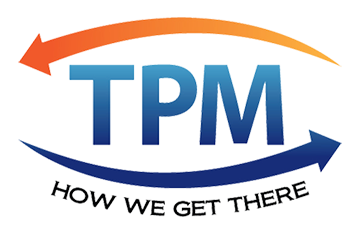How Is TPM Being Implemented?
The Moving Ahead for Progress in the 21st Century Act (MAP-21), signed into law in 2012, included several provisions that collectively are transforming the Federal surface transportation program to be focused on the achievement of performance outcomes.
The performance outcomes provisions, administered by different agencies within the U.S. Department of Transportation (USDOT), were implemented by rulemakings, including several under FHWA's purview. The provisions are organized by six performance management elements.
The Fixing America's Surface Transportation (FAST) Act, signed in 2015, built on the MAP-21 changes and provided long-term funding certainty for surface transportation infrastructure planning and investment.
TPM performance management outcomes are grouped into six elements to more effectively communicate the efforts under way to implement the statutory requirements.
- National Goals: Congressionally established goals or program purpose to focus the Federal-aid highway program into specific areas of performance.
- Measures: FHWA-established measures to assess performance/condition in carrying out performance-based Federal-aid highway programs.
- Targets: Targets established by Federal-aid highway funding recipients for the measures to document future performance expectations
- Plans: Development of strategic and/or tactical plans by Federal funding recipients to identify strategies and investments that address performance needs.
- Reports: Development of reports by Federal funding recipients that document progress toward target achievement, including the effectiveness of Federal-aid highway investments.
- Accountability and Transparency: FHWA-developed requirements for Federal funding recipients to use to achieve or make significant progress toward targets.


